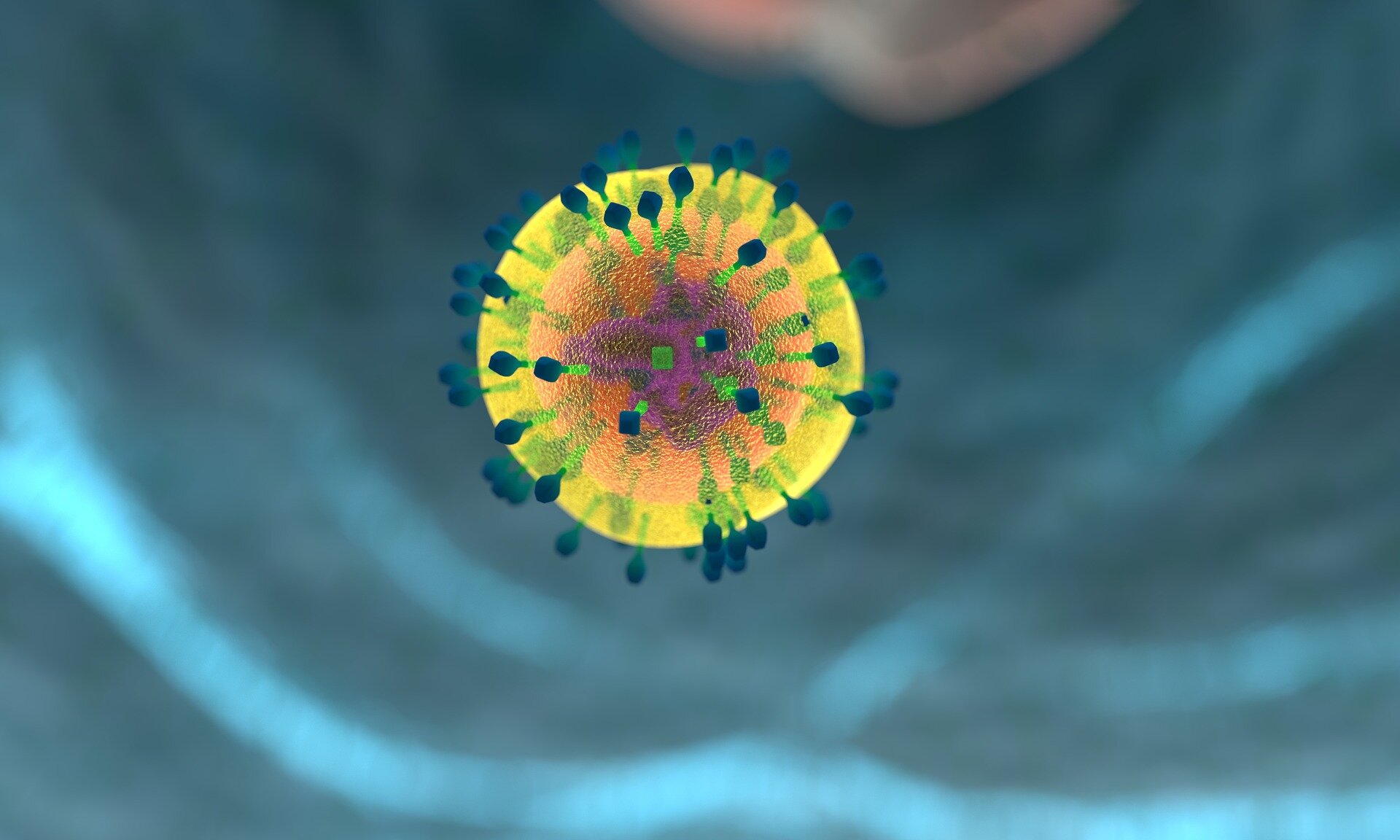
A brand new proof-of-concept research printed within the American Journal of An infection Management experiences that synthetic intelligence (AI) applied sciences can precisely establish instances of well being care-associated infections (HAI) even in advanced scientific situations. The research, which highlights the necessity for clear and constant language when utilizing AI instruments for this objective, illustrates the potential for incorporating AI know-how as an economical element of routine an infection surveillance packages.
In line with the latest HAI Hospital Prevalence Survey carried out by the Facilities for Illness Management and Prevention, there have been roughly 687,000 HAIs in acute care hospitals within the U.S. and 72,000 HAI-related deaths amongst hospital sufferers in 2015. About 3% of all hospital sufferers have not less than one HAI at any given time.
The implementation of an infection surveillance packages and different infection-prevention protocols has decreased the incidence of HAIs, however they continue to be a threat, significantly to critically unwell hospitalized sufferers with inserted gadgets similar to central traces, catheters, or respiratory tubes.
Many hospitals and different well being care services have HAI surveillance packages to watch for elevated an infection threat, however they require intensive assets, coaching, and experience to keep up. In resource-constrained settings, an economical different may assist to boost surveillance packages and permit for higher safety of high-risk sufferers.
On this new research, researchers at Saint Louis College and the College of Louisville College of Drugs evaluated the efficiency of two AI-powered instruments for correct identification of HAIs. One software was constructed utilizing OpenAI’s ChatGPT Plus and the opposite was developed utilizing an open-source giant language mannequin generally known as Mixtral 8x7B.
The instruments have been examined on two varieties of HAIs: central line-associated bloodstream an infection (CLABSI) and catheter-associated urinary tract an infection (CAUTI). Descriptions of six fictional affected person situations with various ranges of complexity have been offered to the AI instruments, which have been then requested whether or not the descriptions represented a CLABSI or a CAUTI. The descriptions included data such because the affected person’s age, signs, date of admission, and dates that central traces or catheters have been inserted and eliminated. AI responses have been in comparison with knowledgeable solutions to find out accuracy.
For all six instances, each AI instruments precisely recognized the HAI when given clear prompts. Importantly, the researchers discovered that lacking or ambiguous data within the descriptions may forestall the AI instruments from producing correct outcomes. For instance, one description didn’t embrace the date a catheter was inserted; with out that element the AI software couldn’t give an accurate response. Abbreviations, lack of specificity, use of particular characters, and dates reported in numeric format as an alternative of with the month spelled out all led to inconsistent responses.
“Our outcomes are the primary to reveal the ability of AI-assisted HAI surveillance within the well being care setting, however in addition they underscore the necessity for human oversight of this know-how,” stated Timothy L. Wiemken, Ph.D., MPH, an affiliate professor within the division of infectious illnesses, allergy, and immunology at Saint Louis College and lead creator of the paper. “With the speedy evolution of the function of AI in medication, our proof-of-concept research validates the necessity for continued improvement of AI instruments with real-world affected person knowledge to assist an infection preventionists.”
Extra particulars concerning the research embrace:
Each AI instruments have been used with retrieval augmented era, an strategy that improves the standard of prompting by means of a information repository that offers the AI software extra context. On this case, the repository included materials from CDC’s Nationwide Well being care Security Community, a monitoring system for HAIs.
The ChatGPT Plus software developed for this research, HAI Help, is offered on the OpenAI GPT Retailer for these with a ChatGPT Plus subscription.
“HAI surveillance is a vital duty for an infection preventionists, and our group wants each potential software to assist us guarantee the security of our sufferers,” stated Tania Bubb, Ph.D., RN, CIC, FAPIC, 2024 APIC president. “This research means that AI-powered instruments might supply an economical technique of enhancing our surveillance packages by aiding an infection preventionists in day-to-day work features.”
Extra data:
Helping the An infection Preventionist: Use of Synthetic Intelligence for Healthcare-Related An infection Surveillance, American Journal of An infection Management (2024). DOI: 10.1016/j.ajic.2024.02.007
Supplied by
Affiliation for Professionals in An infection Management
Quotation:
Examine reveals potential for utilizing AI instruments to detect well being care-associated infections (2024, March 14)
retrieved 14 March 2024
from
This doc is topic to copyright. Aside from any honest dealing for the aim of personal research or analysis, no
half could also be reproduced with out the written permission. The content material is offered for data functions solely.







